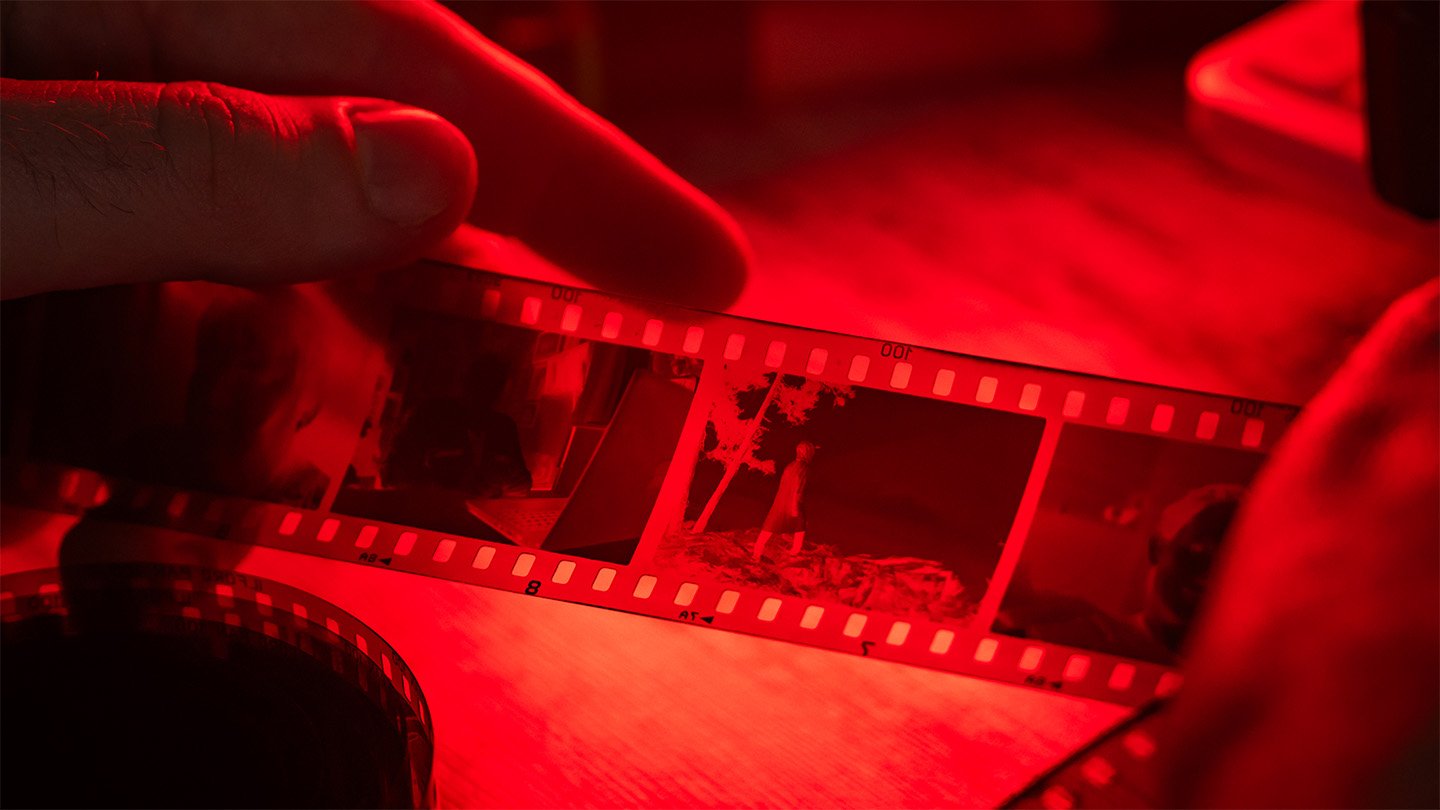Tales of Militant Chemistry
Alice Lovejoy
Univ. of California Press, $27.95
Despite the digitalization of pictures and movies, some cinephiles and moviemakers still favor film. For instance, Christopher Nolan’s 2023 blockbuster Oppenheimer, a thriller about the theoretical physicist who oversaw the Manhattan Project to develop the first atomic bomb, was shot on Kodak’s 70 millimeter film. But few of that movie’s fans know what a significant role Kodak itself played in the Manhattan Project.
In Tales of Militant Chemistry: The Film Factory in a Century of War, media and cultural historian Alice Lovejoy unveils how some of the biggest players in the photographic film industry moonlighted in arms manufacturing in the 20th century and supported the creation of history’s most devastating weapon.
Lovejoy begins her story with Kodak’s sprawling journey from a Rochester, N.Y.–based start-up producing cameras and glass plates in 1883 into a global chemical giant by the 1920s. Playing a strong supporting role in the book’s narrative is Agfa, a film production company centered in Wolfen, Germany, and Kodak’s main competitor. The two companies manufactured materials for a breadth of products, including synthetic fibers, plastic toys, pesticides, artificial flavors and painkillers. But their most well-known product was photographic film.
In the early 1900s, film was typically made of cellulose nitrate, a highly flammable material created by soaking cotton in nitric acid. The lethal hazards of nitrate film were compounded by the noxious fumes that were released should it catch fire. Indeed, these fumes were similar to the poison gas used in World War I — so much so that Agfa’s filmmaking factories were well-placed to produce poison gas in abundance for Germany in the Great War.
By the 1920s, Kodak had begun selling safety film, a nonflammable film made from cellulose acetate. But nitrate film remained widely used by consumers because, until Kodak had refined and optimised the process, acetate film was more expensive and difficult to produce. Fortunately for Kodak, cellulose acetate became profitable as demand for the material, which was useful as a weatherproof coating for airplanes, skyrocketed during WWI.
Kodak’s expertise on and capacity for producing acetate en masse led to a lucrative side hustle for its subsidiary Tennessee Eastman — producing a different research department explosive, or RDX, in WWII. The production of the highly potent explosive, used widely by both the Allied and Axis warring powers, required acetic acid, also involved in the production of cellulose acetate. The company churned out 570 tons of RDX a day by the end of the war and remained the United States’ sole producer of the explosive until 1999.
Tennessee Eastman’s chemical engineering expertise also made in the U.S. government’s prime choice to produce an entirely different substance — fissionable uranium for the Manhattan Project. The company set up the Y-12 plant in Oak Ridge, Tenn., which used huge electromagnets to separate fissionable uranium from its heavier counterpart, nonfissionable uranium. The fissionable uranium was then sent to Los Alamos, N.M., to produce atomic bombs.
Chemistry enthusiasts may feel left wanting of details on the chemical and nuclear reactions mentioned in the book. But what Lovejoy does deliver with aplomb is tales rife with intrigue, twists and surprises worthy of the silver screen. Along the way, we meet Kodak cofounder George Eastman, who set his sights “on work instead of school” at 8 years old after his father’s death. We’re also introduced to Aleksandra Lawrik, a victim of Germany’s invasion of the Soviet Union during World War II. She was displaced from Dnipro, Ukraine, to one of Agfa’s factories in Wolfen, Germany, where she was a forced laborer pouring caustic soda over wood cellulose to create synthetic textile fibers — toxic work that ruined her lungs.
Throughout the narrative, Lovejoy deftly weaves a cornucopia of strands and recurring threads in politics, economics, history, biography and technology. The result is a compelling illustration of how fascinating and frightening the world of industrial chemistry can be.
Buy Tales of Militant Chemistry from Bookshop.org. Science News is a Bookshop.org affiliate and will earn a commission on purchases made from links in this article.







